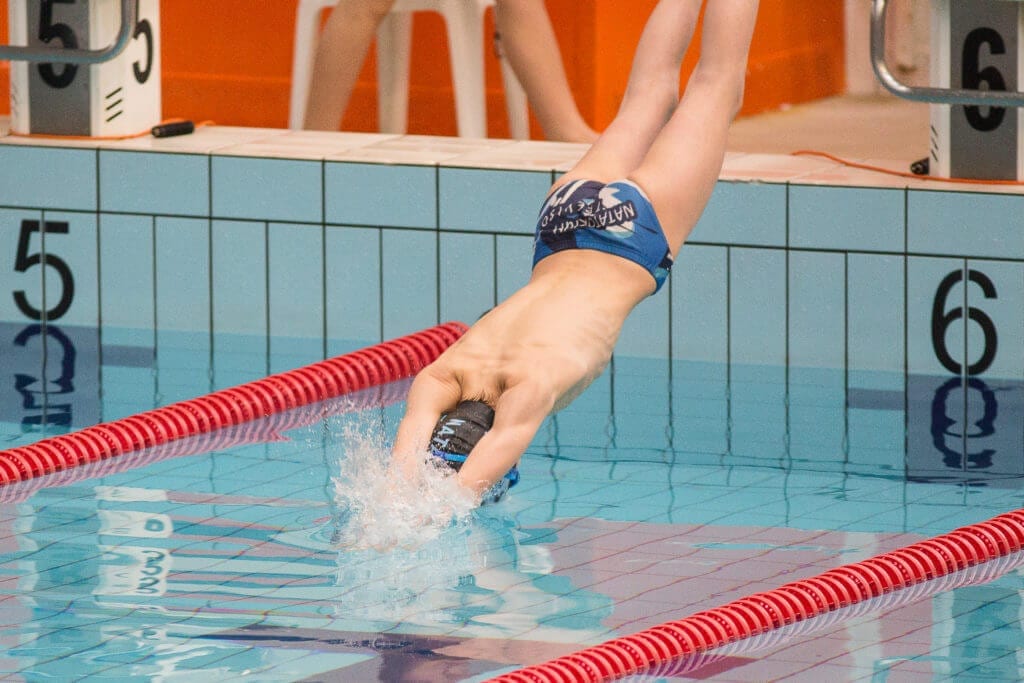
Since the swimming season just around the corner, here’s a quick roundup of the everything you need to know about university swimming:
When
In university competition, the swimming season runs from late September to April. Typically, teams have their first dual meet in late September or early October.
Late winter and early spring is Championship season; conference championships run in February and the NCAA Championships run in late March or early April.
Who
At the university level, swimming and diving operate as one team, which means points that are scored by diving contribute to the swim team and points from the swim team contribute to diving.
The total roster of a university swimming and diving team typically consists of 40 to 50 male and female swimmers and five to 10 divers.
What
During the regular season, university swimming teams have dual meets where each of the swimmers a team compete. In dual meets, the higher place you finish, the more points for your team and the team with the highest points wins the dual meet.
The swimming events contested include:
- 50, 100, 200, 500, 1000 and 1650 freestyle
- 100 and 200 backstroke
- 100 and 200 butterfly
- 100 and 200 breaststroke
- 200 and 400 individual medley (IM)
- 4×50 freestyle relay
- 4×100 freestyle relay
- 4×200 freestyle relay
- 4×50 medley relay
- 4×100 medley relay
Diving events contested include:
- 1 and 3 meter springboard
- Platform diving from three to ten meter
Where
In university swimming, all competitions are held in 25 yard pools, also known as short course yards. There have been some exceptions to this rule, since many college swimmers also competed in the Olympics. For training, most universities have a 25 yard pools, while some of the larger universities also have 50 meter by 25 yard pools.
Why
Much like a fraternity or sorority, swimming and diving teams can feel like one big family with a variety of personalities all working toward one goal. Like other student athletes, swimmers learn time management skills, determination, discipline and teamwork among other life skills.
With the exception of championship events, university swimming and diving meets are usually free of cost – so it won’t cost you to show support for your local college or university by attending a meet.






